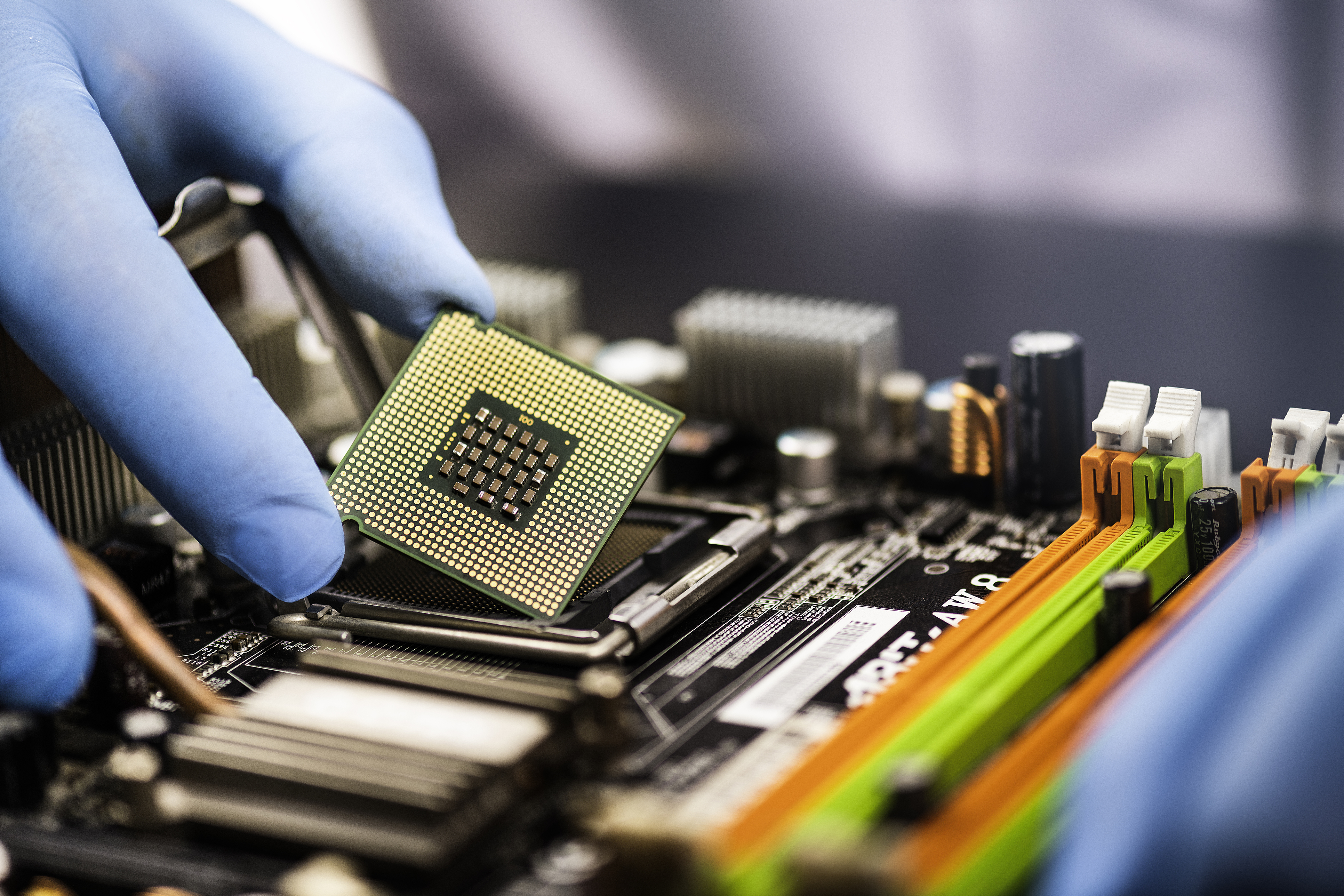India's Unfinished Agenda: Setting Up a Semiconductor Fab

India has been striving to set up a semiconductor fabrication plant (fab) for many years, but so far, all attempts have failed. The government's 2022 Semiconductor Mission is a laudable initiative, but it is important to understand why earlier attempts failed and examine alternate approaches.
One of the main reasons for the failure of earlier attempts is that India is way behind China on the fab journey. China has invested heavily in the semiconductor industry, and now has a thriving domestic fab ecosystem. India, on the other hand, has not made the same level of investment, and as a result, does not have the necessary infrastructure or talent pool to support a fab.
Another challenge is that setting up a fab is a very capital-intensive undertaking. The cost of building a fab can run into billions of dollars, and it can take many years to recoup the investment. This makes it a risky proposition for companies, especially in a country like India where the market for semiconductors is still relatively small.
In addition, the art of chip-making is highly complex and requires a high degree of precision. This makes it difficult to set up a fab in a greenfield location, where there is no existing ecosystem.
Given these challenges, it is clear that setting up a fab in India will not be easy. However, the government's 2022 Semiconductor Mission provides a roadmap for making it happen. The mission aims to attract $100 billion in investment in the semiconductor industry over the next decade. This investment will be used to build new fabs, develop the domestic talent pool, and create an ecosystem for chip manufacturing.
The success of the 2022 Semiconductor Mission will depend on a number of factors, including the level of investment, the availability of talent, and the government's ability to create a conducive business environment. However, if the mission is successful, it will have a significant impact on the Indian economy. It will create jobs, boost exports, and make India less reliant on imports of semiconductors.
In conclusion, setting up a semiconductor fab in India is a challenging but worthwhile undertaking. The 2022 Semiconductor Mission provides a roadmap for making it happen, and if the mission is successful, it will have a significant impact on the Indian economy.
Comments
Post a Comment